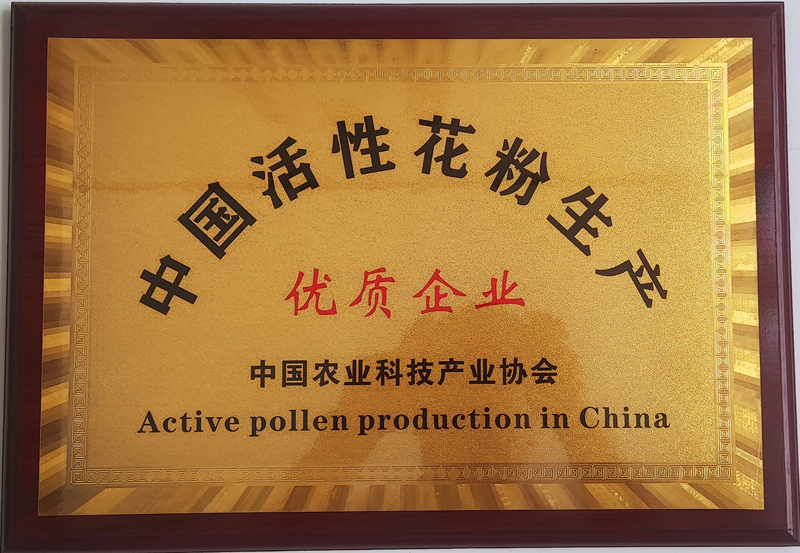Nov . 10, 2024 21:29 Back to list
The Importance of Pear Pollination in Fruit Production and Ecosystem Health
The Role of Pear Pollination in Orchard Management
Pear trees (Pyrus spp.) are a vital part of agricultural ecosystems around the world, and their successful growth largely depends on effective pollination. The role of pear pollination is critical not only for the production of high-quality fruit but also for the overall health of the orchard. This article explores the significance of pear pollination, the various pollination methods, and the manufacturers' role in enhancing this essential process.
Understanding Pear Pollination
Pollination is the transfer of pollen from the male part of the flower (anther) to the female part (stigma), which is crucial for fertilization and the development of fruits. Pear trees are generally self-incompatible, meaning they require pollen from different pear varieties to set fruit. This characteristic is vital to consider when planning an orchard layout, as planting complementary varieties can significantly enhance yield.
The timing of flowering is another critical aspect of pear pollination. Many pear varieties bloom in early spring, making them susceptible to fluctuations in weather conditions. Unfavorable weather can affect the availability of pollinators, leading to poor fruit set. Therefore, understanding the local climate and the blooming periods of different varieties is essential for successful cultivation.
The Importance of Pollinators
Pollinators, primarily bees—especially honeybees—play an indispensable role in the pollination of pear trees. As they forage for nectar, these pollinators inadvertently transport pollen between flowers, facilitating fertilization. The presence of a healthy bee population can lead to larger and more abundant crops. However, bee populations have been declining in recent years due to habitat loss, pesticides, and diseases, highlighting the need for orchard managers to consider strategies for supporting these vital creatures.
the role of pear pollination manufacturer

Farmers may enhance pollination by creating pollinator-friendly environments. This can include planting wildflowers near orchards, reducing pesticide usage during blooming periods, and providing nesting sites for bees. By fostering a healthy ecosystem, farmers can ensure a reliable supply of pollinators.
Technological Aids and Manufacturer Solutions
To optimize pear pollination further, manufacturers have developed various tools and products. One such innovation is the use of commercial pollination services that bring in hives of honeybees during the flowering period. This ensures a consistent and efficient pollination process. Additionally, companies offer products like bee-attracting floral supplements that can be planted around orchards to enhance local bee populations.
Moreover, advancements in drone technology have also begun to shape how pollination is approached. Some manufacturers are exploring the use of drones equipped with pollen sacks to aid in the pollination of pear trees, particularly in large orchards where manual pollination can be challenging.
Conclusion
The role of pear pollination in orchard management cannot be overstated. It is a critical factor influencing fruit yield, quality, and the overall sustainability of pear cultivation. By understanding the complexities of pollination, supporting pollinator populations, and utilizing innovative agricultural technologies, pear growers can enhance their harvests and contribute to the health of the environment. As such, the collaboration between farmers and manufacturers becomes essential in developing strategies that ensure successful pollination in pear orchards, paving the way for a fruitful future in pear production.
-
Pollen Peach Tree for Pure Pollination and High-Quality Peach Pollen
NewsJul.30,2025
-
Premium Cherry Pollen for Pure Pollination & Different Types
NewsJul.30,2025
-
Artificial Pollination Solutions for Various Plant Pollen Types
NewsJul.29,2025
-
Artificial Pollination Solutions for All Plant Pollen Types
NewsJul.29,2025
-
Premium Plant Pollen for Pure Pollination & Pollen Block Solutions
NewsJul.29,2025
-
Artificial Pollination Solutions for Efficient Crop Yields
NewsJul.28,2025